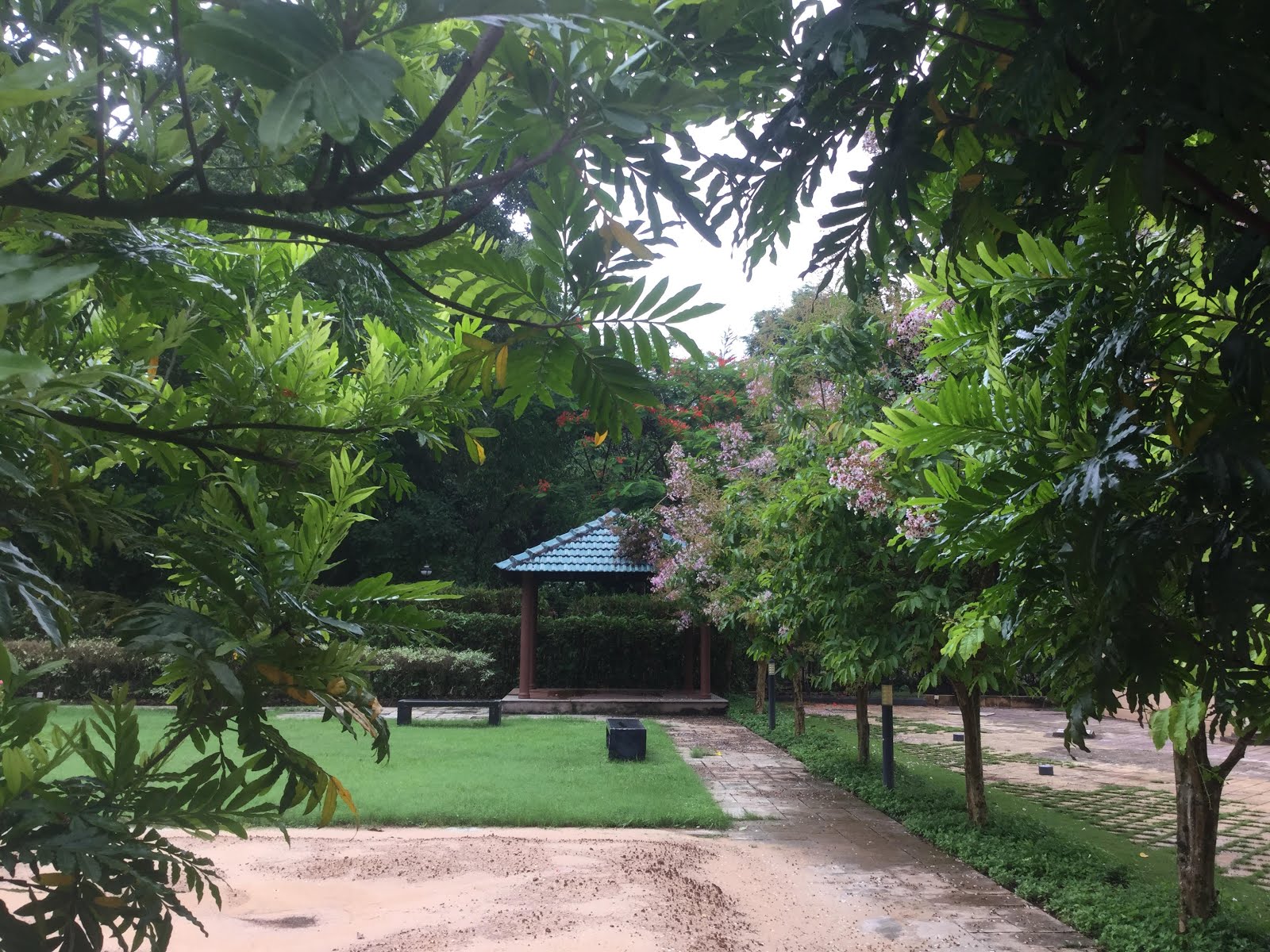A festival to commemorate the birth of Lord Ganesha
Ganesh Chaturthi is a religious Hindu festival which celebrates the birth of Lord Ganesha (the son of Lord Shiva and Parvati). According to mythological anecdotes, Lord Ganesha is worshipped as the god of good fortune and prosperity. This Hindu festivity lasts for 12 days and according to the Hindu calendar, usually falls between 20 August and 15 September each year. This year, Ganesh Chaturthi began with zeal on September 19. It is an important festival and observed with fervour in India but especially in our state i.e. Maharashtra of which Mumbai is the capital. During this period, Hindus maintain a strict vegetarian diet.
Ganesh Chaturthi is a religious Hindu festival which celebrates the birth of Lord Ganesha (the son of Lord Shiva and Parvati). According to mythological anecdotes, Lord Ganesha is worshipped as the god of good fortune and prosperity. This Hindu festivity lasts for 12 days and according to the Hindu calendar, usually falls between 20 August and 15 September each year. This year, Ganesh Chaturthi began with zeal on September 19. It is an important festival and observed with fervour in India but especially in our state i.e. Maharashtra of which Mumbai is the capital. During this period, Hindus maintain a strict vegetarian diet.
Lord Ganesha is easily recognized for his elephant head irrespective of his other attributes. About his birth there are numerous myths and traditional stories. According to legend, Lord Shiva, the Hindu God of resolution, was away at war. Pavarti his wife wanted to bathe. She set her son, Ganesha, to stand guard at her door and instructed him not to let anyone enter. In the meantime, Lord Shiva, after a long time, returned from battle. Ganesha and Shiva did not know each other. Ganesha stopped Shiva from entering Parvati's chamber. Shiva, enraged by Ganesh’s impudence, cut off his head. Pavarti emerged to find her son decapitated and flew into a rage. She threatened destruction to Heaven and Earth. Fearing the inevitable, Shiva to pacify Parvati, went out to bring the head of the first living being with his head towards the north (the auspicious direction associated with wisdom). He came across an elephant. So he brought the head of this elephant and placed it on the trunk of Parvati's son and breathed life into him. Parvati was overjoyed and embraced her son, the elephant-headed boy who is revered as the preserver of all good things and prevents Vigna (meaning obstruction/bad omen).
Ganesha being taken to a "mandap"
Devotees across India offer prayers and prepare sweet dishes. Markets are embellished and skilled artisans start crafting clay models of Lord Ganesha in various poses, a few months earlier to the mega-event. People install Ganesh idols in different themed "mandaps" in well decorated lanes or squares in the city. The statues are decorated with glittering lights and colourful flower garlands. A range of cultural activities are also organized to observe this festival. The celebration starts on a grand note with the chanting of mantras and prayers offered by a priest clad in white or red. Loads of sweets and flowers are offered to Lord Ganesha.
Many families also install smaller statues in their homes and chant hymns to show reverence. They invite family and friends (irrespective of religion) to their homes.
"Modaks" - traditional sweet dumplings specially prepared during this period.
All roads leading to the sea are closed for traffic on the last day of the festival.
The celebration concludes after more than a week by submerging the statue in a river or in the ocean. Immersions take place on the 1st, 3rd, 5th, 7th, 9th and 11th day of the festival. This Saturday, 29th September is the last day. The sound of drums will reverberate through the city, the streets will be strewn with flower petals and the smell of incense will fill the air. The city will bid adieu to its favourite deity.







Only in India are religious ceremonies celebrated with such enthusiasm. The sights,sounds and smell of the incense have to be experienced.
ReplyDelete